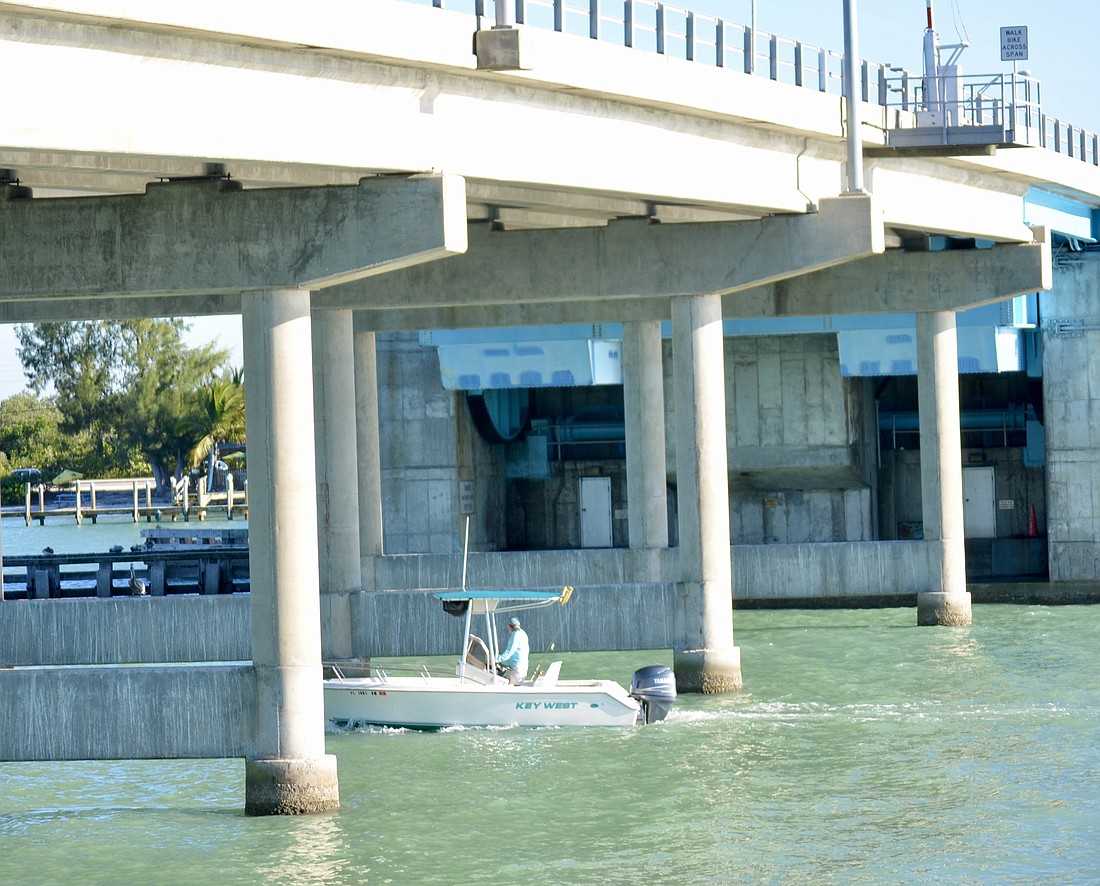- December 18, 2025
-
-
Loading

Loading

Sarasota County commissioners last week agreed to move ahead on their end of a potential agreement with the West Coast Inland Navigation District to begin looking at silt accumulations in New Pass.
The agreement paves the way for cooperative funding between the county and WCIND to perform a study on the boating channel that links Sarasota Bay to the Gulf of Mexico. Since 2018, boaters and the U.S. Army Corps of Engineers have said the channel is becoming increasingly shallow because of the silt and sediment, to the point of affecting navigation.
Sarasota County plans to contribute no more than $25,000, with $60,000 coming from WCIND.
Once data from the study is developed, a project to dredge the channel to acceptable depths could kick off by 2024.
According to a cover memo prepared for the County Commission: "Construction costs for dredging New Pass will be better known after completing the above-described work. These are dependent upon the volume of material to be removed from the channel and the options for disposal of dredge spoil. The WCIND is currently working with the (U.S. Army Corps of Engineers) Jacksonville District and its federal lobbyist on a funding request for the fiscal year 2023-2024 for New Pass dredging in the amount of $2.5 million."
In 2017, following reports of shallow water in the channel, the U.S. Coast Guard removed markers denoting the safest way through the passage. Saying they could no longer find a suitable route, the Coast Guard’s Aids to Navigation Officer in St. Petersburg at the time said "we are running out of water. Removing all aids seems to be out only option until it can be dredged again."
Two channel lights were converted into “Danger Shoal” markers with quick, white flashing lights, to be visible for three nautical miles. Nine channel buoys were removed from the pass between Lido Key and Longboat Key, near the Mote Marine Laboratory.
“We want people to go in a different direction,” explained Michael DeNyse, a U.S. Coast Guard spokesman in 2018, meaning Longboat Pass to the north or Big Pass to the south were preferred options.
The channel dredging project in 2016 was part of a $5 million deal to bulk up the south end Longboat Key beaches. North end dredging and beach renourishment was also part of that project. Similarly, Longboat Key plans to tighten rock jetties known as groins on the south end of the island this fall and winter with the two-pronged goal of keeping more sand on the beach and less from slipping through into the channel.
In 2018, some sand was removed from New Pass for the city of Sarasota’s Lido Beach renourishment plan, though at the time the city said the thrust of that work was intended as a beach project, not one aimed at navigational improvements.
Boaters with the ability to navigate the channel are still allowed to use New Pass, though caution is advised especially for operators of larger craft.